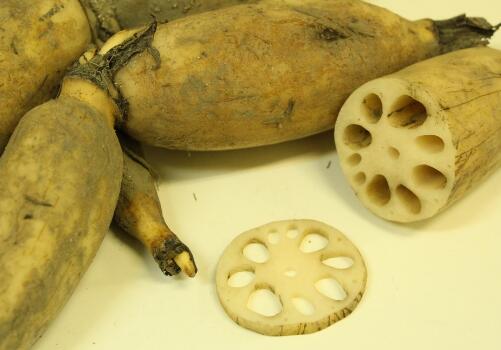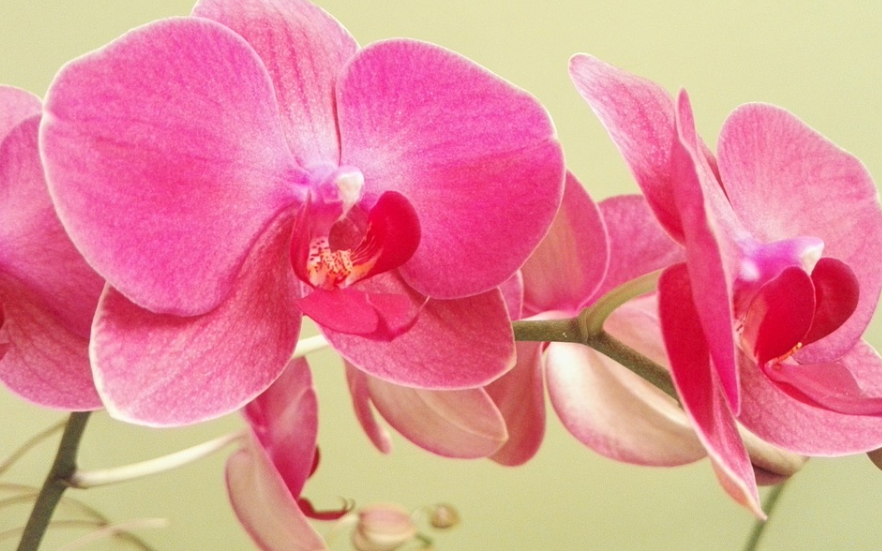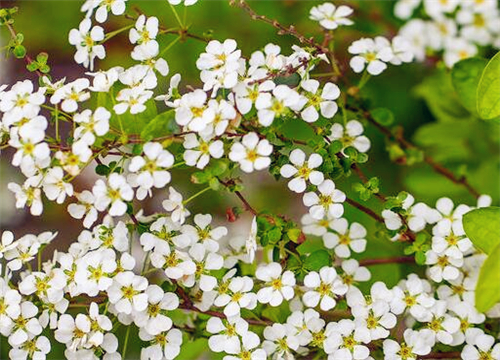"Nymphaeaceae" when is the lotus root generally planted? What are the planting prospects? What are the planting methods?
There is a saying: "Lotus is a treasure, autumn lotus root is the most nourishing", now is a good time to eat lotus root. Lotus root is one of the common table vegetables, can be stir-fried, but also stew, rich in minerals and vitamin C, often eat lotus root is good for the body. Lotus root is cultivated in many areas of our country, and it is an important cash crop in Hubei, Jiangsu, Anhui and other places. So, when does the "Nymphaeaceae" lotus root usually grow? What are the planting prospects? What are the planting methods?

When is the lotus root usually planted?
Generally speaking, the often rainy and hot season is suitable for the growth of lotus root, and the planting time varies from region to region. The planting time in the north is generally from April to May, while that in the south of the Yangtze River is relatively earlier, from March to April.
In terms of seed selection, mature lotus root and mother lotus root with plump and fat head, small lotus root nodes and bright color are suitable for planting in the south or north. Generally, white lotus root and Huaqilian are high-yielding lotus root varieties. When cultivating soil, be sure to choose clayey soil with deep soil texture and rich organic matter, either neutral or slightly acidic.
Second, the planting prospect of lotus root
In recent years, the development of lotus root planting is relatively stable, in addition to the nutritional value of lotus root itself, growers also give play to their wisdom and improve the economic benefits of lotus root planting. From this point of view, the planting prospect of lotus root is considerable.
1. The lotus root is rich in value.
Dietary fiber and mucus protein in lotus root can combine with triglycerides and cholesterol in food, as well as malicious cholates in the human body, so as to moisturize the intestines and reduce fat absorption.
Lotus root is rich in trace elements and vitamins, including vitamin C, vitamin K, vitamin B12, potassium and iron.
There are a lot of dietary fiber and tannin in lotus root.
2. Lotus root product processing
Lotus root can be processed into lotus root powder, lotus leaf tea, lotus seed dew, lotus root juice, lotus leaf essential oil, sugar lotus root, lotus root vermicelli and other products, so the lotus root industry has been obviously extended. With the widening of lotus root sales channels, lotus root sales have naturally increased, and farmers' pockets have become more and more bulging.
3. Co-culture of lotus root and pond
If it is a single planting lotus root in the pond, the economic benefits are general, but if you choose lotus root fish and shrimp co-culture, the resources will be fully utilized. Because the feces produced by farmed fish and shrimp and dead fish and shrimp can provide some nutrients to the lotus root. At the same time, it plays a certain role in the removal of nitrogen and phosphorus in water. The activities of fish and shrimp also keep the soil transparent in the pond, which not only improves the economic benefit, but also makes the lotus root taste better and appearance better. Of course, only relying on these as fertilizers is also limited, we need to learn to apply fertilizer reasonably.
Third, the planting method of lotus root
Generally speaking, what we see more is planting lotus root in the field. We should master the following planting points in order to increase the yield of lotus root.
1. Seed selection
There are many varieties of lotus root, we should choose the right one according to the specific conditions of the region. Usually weighing more than half a jin, lotus root nodes with two or three nodes can be used as species. Before planting, it is necessary to disinfect the lotus root seed. Generally, it can be planted only after the liquid has been dried for a day. It is worth noting that the lotus root seeds dug out should not be shelved for too long. It is best to plant them immediately. About 200 kilograms of lotus root seeds are needed in an acre of pond.
2. Select the place
Planting lotus root should choose a field with convenient transportation, convenient irrigation and stable water body. At this time, we should apply base fertilizer to ensure that the lotus root has too few nutrients during the whole growth period, and can improve the soil to a certain extent. The specific amount of fertilizer should be determined according to the fertility of the soil. Generally, the fertilizers needed per mu of land include farm manure, calcium, zinc, general compound fertilizer and so on.
3. Topdressing
For the growing lotus root, it generally needs 2-3 times of topdressing, and fertilization is usually carried out in the early morning or evening when the weather is good. Before fertilization, put a certain amount of water, the depth is not too high, so that the fertilizer can be fully dissolved, wait until two days after fertilization and then increase to the original water level.
If the paddy field is relatively deep, we need to treat the fertilizer and squeeze it into small dumplings one by one, in case it floats on the surface and does not sink.
When fertilizing, you should be careful not to step on the lotus whip, which will affect the amount of lotus root.
4. Pest control
The main diseases and insect pests of lotus root are root-eating golden flower insect and stiff lotus root, so we should master the prevention and control measures.
Control of root-eating golden flower insects, generally in late May, per mu with 5% Regent suspension 100 (new lotus root field)-150ml (old lotus root field) with water 1kg dilution, mixed with 10kg fine soil evenly spread.
The control of stiff lotus root mainly adopts crop rotation, mainly choosing disease-free seed lotus root and paddy field planting, timely cleaning up the withered leaves and limbs in the field after lotus root harvest, and properly applying phosphorus and potassium fertilizer in the middle and later stage.
Time: 2019-03-14 Click:
- Prev

How to raise Phalaenopsis "Queen of Lanzhong"? When will it blossom? What if the flowers wilt?
Phalaenopsis is a kind of plant suitable for indoor culture, and its flowers are similar to butterflies. Elegant, elegant. With the reputation of the queen of orchid, flowers are the most ornamental part of Phalaenopsis. So how to grow Phalaenopsis? When will it blossom? What if the flowers wilt? How to raise Phalaenopsis?
- Next

A new way for farmers to get rich in spring: harvesting "pearl flowers" can sell for 100 yuan per jin! What are the planting prospects?
Every spring, farmers go up the mountain to harvest wild vegetables and pearl flowers, which are made into dried vegetables through the processes of washing, steaming, dew and drying. When foreign merchants come to buy it, it can sell for 100 yuan per jin, which has become a new way for local farmers to get rich. So what are the prospects for pearl planting? The scientific name of pearl flower saves selling oil
Related
- Fuxing push coffee new agricultural production and marketing class: lack of small-scale processing plants
- Jujube rice field leisure farm deep ploughing Yilan for five years to create a space for organic food and play
- Nongyu Farm-A trial of organic papaya for brave women with advanced technology
- Four points for attention in the prevention and control of diseases and insect pests of edible fungi
- How to add nutrient solution to Edible Fungi
- Is there any good way to control edible fungus mites?
- Open Inoculation Technology of Edible Fungi
- Is there any clever way to use fertilizer for edible fungus in winter?
- What agents are used to kill the pathogens of edible fungi in the mushroom shed?
- Rapid drying of Edible Fungi

